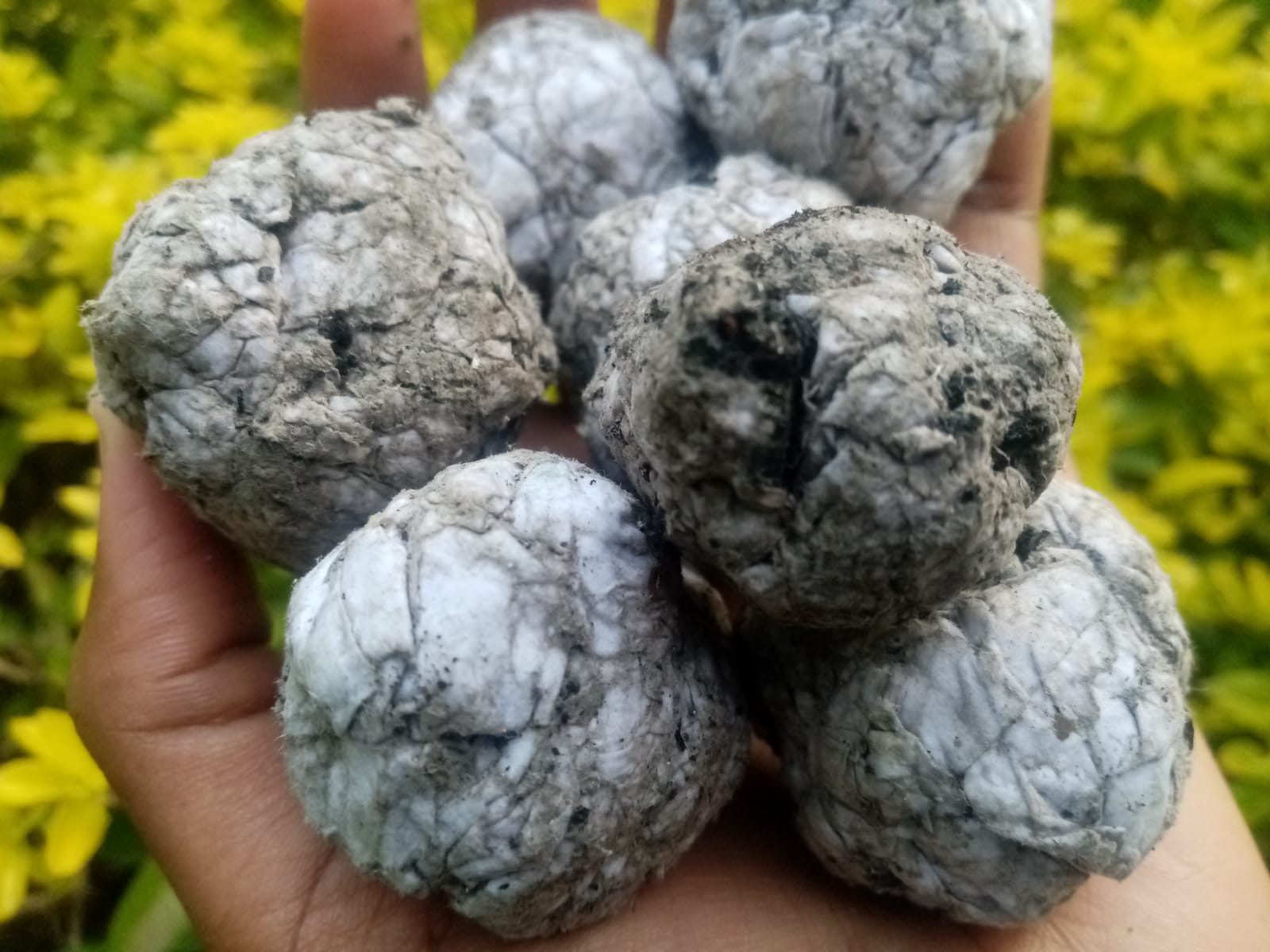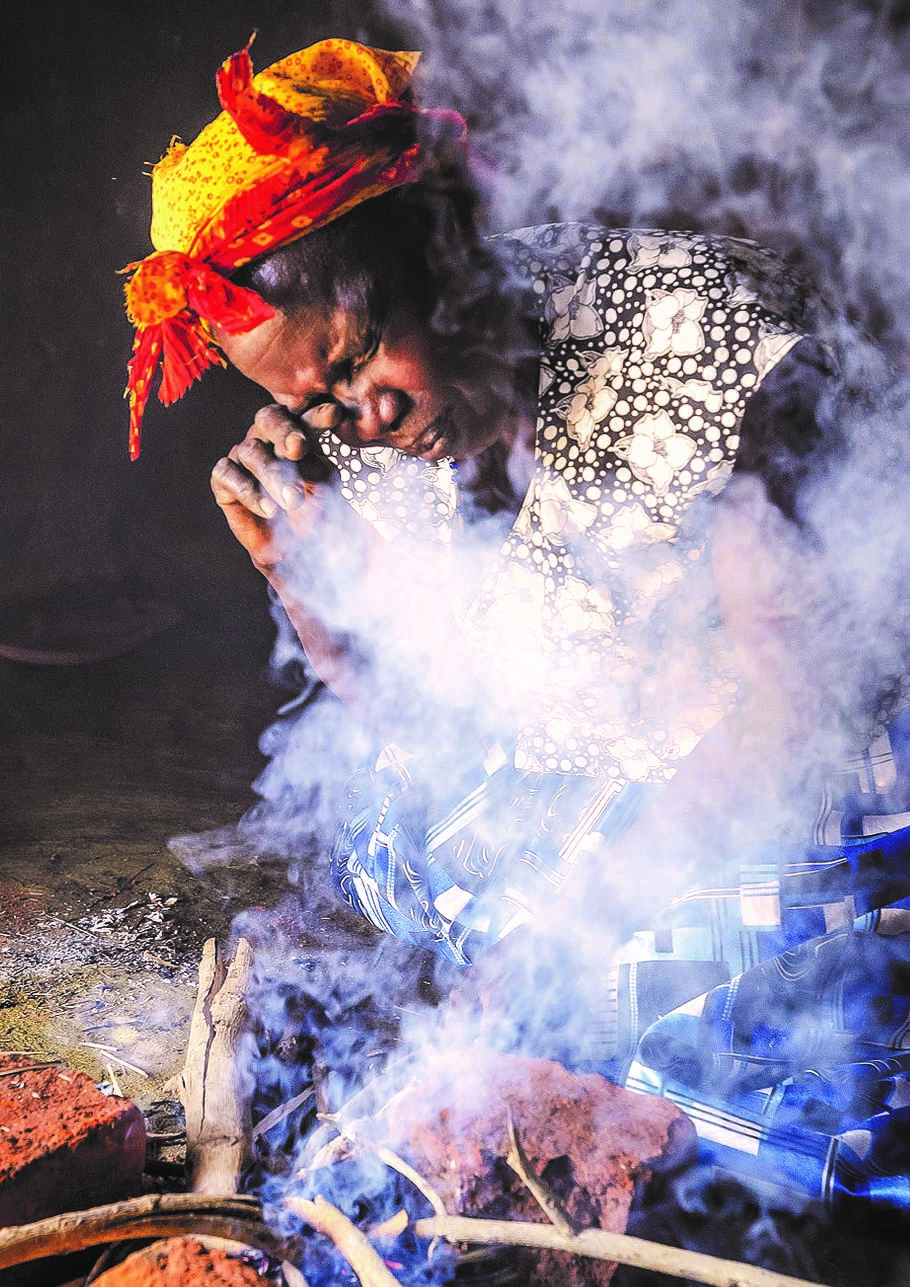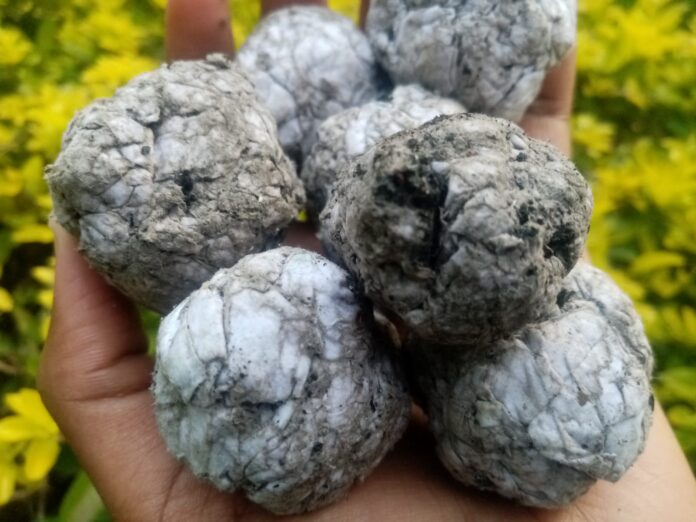By Rahab Thiong’o
Nairobi, Kenya: “When I first moved to Kenya, my immediate challenge was finding a reliable and affordable household fuel to cook for my children. Budgetary constraints allowed me to only access charcoal and firewood as energy sources which I would later learn attributed to some of the diseases that my four-year-old suffered and the environment at large,” says Pendo a Nairobi-based staff member at a local secondary school, “Living in an informal settlement pushes you to cook with what you can afford,” she shared.
For Pendo and many Kenyans, cooking energy is more a question of cost, access, and long-term viability rather than environmental impact. “Where one is more economically empowered, they can upgrade to using gas cylinders. However, as inflation rates hit all-time highs, one is forced to use firewood and other solid fuels, so that you don’t starve.”

In low-income countries like Kenya, cooking solutions are largely dependent on financial culpability in comparison to user health and environmental sustainability. Primary sources of household fuels include solid fuels such as charcoal, and wood fuel, gas fuels like Liquefied Petroleum Gas (LPG) and biogas, and liquid fuels like kerosene, ethanol, and biodiesel.
Primary fuels which largely dictate energy consumption patterns present one key problem; indoor smoke. Estimates from the World Health Organisation (WHO) show about 3.8 million premature deaths occur annually due to Household Air Pollutants.
In addition to the global health crisis, the large demand for primary fuels contributes to climate change as burning releases greenhouse gas (GHG) emissions and as a consequence impacts bio-diversity through environmental degradation. For consumers, however, the environmental impact remains trivial to the greater need for energy in the household.
“The choice of fuel for my household is largely determined by ease of access, physical location, the choice of meals we have, and our socio-cultural practices,” shares Hannah, a Nairobi-based caregiver. Clean, affordable, and reliable energy for all is among the United Nations’ 17 Sustainable Development Goals (SDGs) aimed to be achieved by 2030. In Kenya, 93.2 percent of informal, and rural populations rely on solid fuels as their household fuel source. 58percent of this number relies on Three Stone Fires with the remaining depending on charcoal for cooking energy. Kerosene remains a prevalent energy option in low-income urban areas reporting 1.7 million households in usage rounding up to 14 percent of Kenya’s total population.
New Energy sources: Briquettes
As the world seeks to transition to clean, renewable energy, innovators, pushed by the climate crisis, are developing alternative cooking technologies such as biomass briquettes. Biomass briquettes are a type of heating fuel made from compressed agricultural waste hence the term biomass. Raw material, which varies from sawdust, ash, rice husks, cotton stalks, and agro-industrial residue, is collected, dried, prepared refined for the briquetting process.
Binding substances such as starch, soil, or clay are added to the base raw material to bind them together. Once the prepared material is deposited into the briquette machine a screw conveyor transports it to the pressing ram which functions to compress the material to the desired shape and density. The finished briquettes are then dried, for varying periods depending on the type of briquette made to achieve desirable moisture levels.
Briquettes have been lauded as a 21st-century marvel with the potential to revolutionize household fuels, particularly for rural and semi-urban households where biomass feedstock is readily available. Biomass briquette fuel has a combustible gas content of 65 percent to 70 percent and emits fewer greenhouse gases with estimates of 13.8 percent of carbon IV oxide (CO2) emissions in comparison to fossil fuels 65 percent.

With an ever-growing demand for fossil fuel and ever-shrinking access to the same, particularly in sub-Saharan Africa, biomass briquettes offer a practical solution for both households and industries at large. Briquette production entails repurposing waste into fuel creating jobs in rural areas, increasing incomes, and alleviating poverty.
A study on households in Kibera, Kenya’s largest informal settlement reported a 30 percent decrease in household fuel expenditure for families that relied on purchased coal or biomass briquettes with reductions of up to 70 percent where the briquettes were made by the consumers themselves.
Clean cooking is the cornerstone of the transition to sustainable energy. Whilst solar energy, wind power, and electric cooking remain exclusively for more economically empowered consumers, biomass briquettes present a first step in a turning point towards affordable, accessible, and sustainable energy for all.














